1950s single story ranch in North Texas, pier and beam foundation. The concrete underneath one of the beam pockets has cracked and crumbled away and I’m wondering if anyone can offer some suggestions on how to repair. I found a similar thread from a few years back, someone suggested non-shrink grout. You can’t really tell from the picture but the last inch or so of the beam is still bearing on the back part of the pocket that is intact.
This pocket is near the corner of a short four foot section of wall, the other end of which is at the front porch. Water would run down from the porch slab onto the foundation wall (of course rotting plenty of rim joist and sill). The concrete below that pocket had always been cracked, but it wasn’t until I was working in the area replacing sill plate that it totally fell off. I am guessing that some of the water runoff had something to do with the concrete failure (there was an anchor bolt near the hidden side of the beam, perhaps it got down in there and froze)?
The beam end is slightly rotted but it seems like if I got something solid underneath the area thats now missing it would be ok. If someone with more experience thinks differently from seeing the picture feel free to let me know.
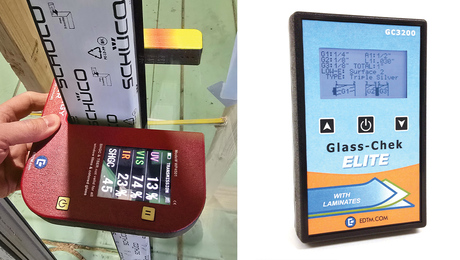
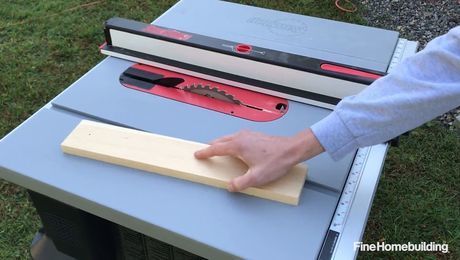
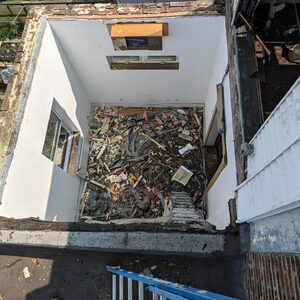
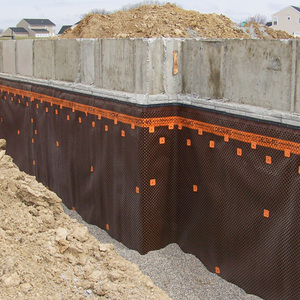
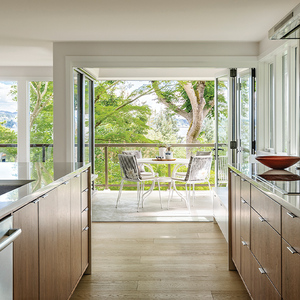
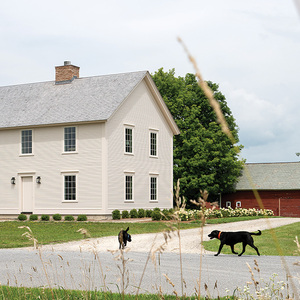




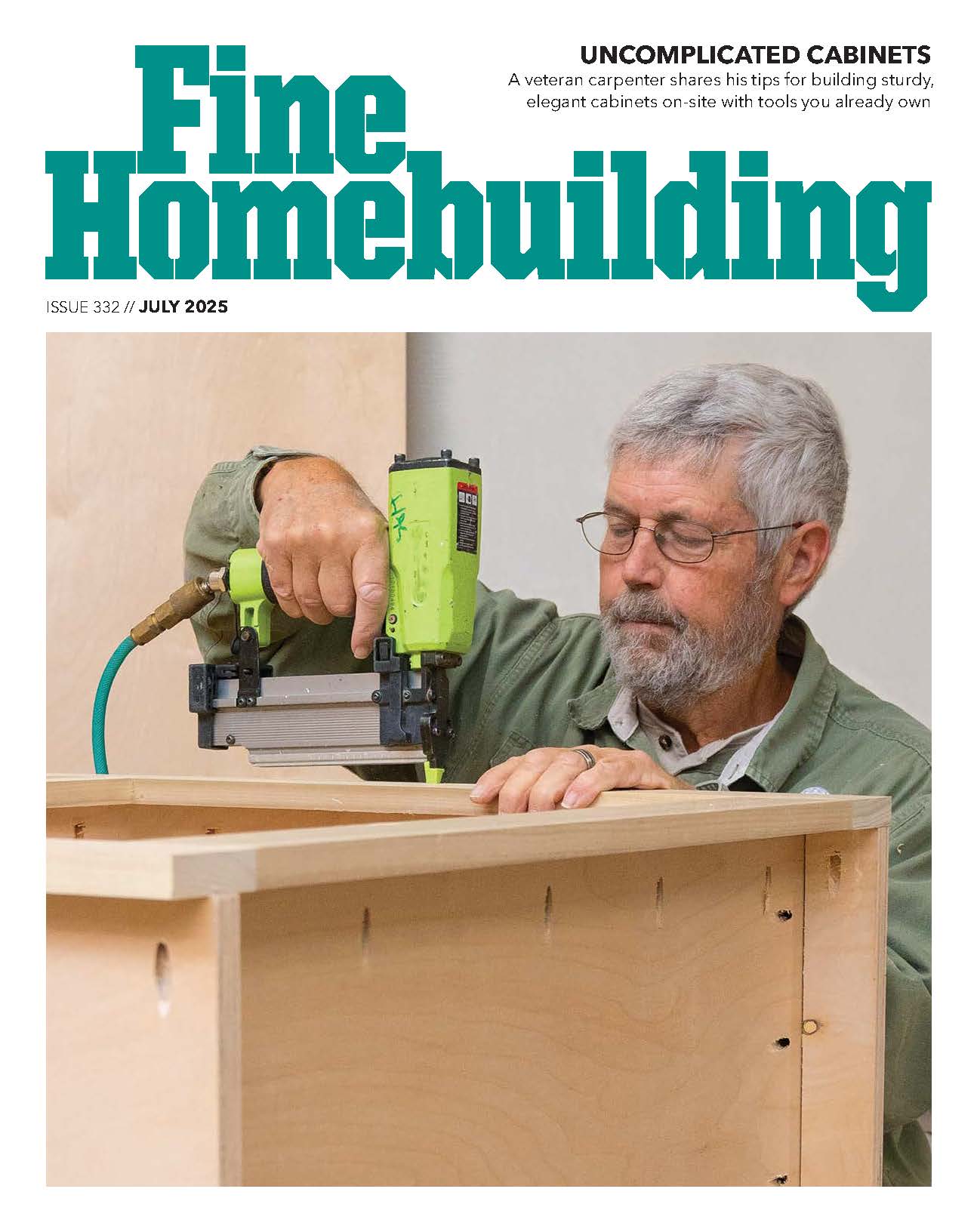








Replies
With the concrete broken in that shape nothing is going to adhere to the sloped surface and support any weight.
I'd suggest a piece of steel angle, say, 3 x 3 x 3/8, about 2 feet long, anchored to the face of the concrete with four 1/2" epoxy anchors, or something similar.
A separate post and appropriate footing. Hard to tell but looks like the load on the beam starts at the joist at the top left of the picture. If that's the case I'd center the post & footing under that.
Don't use wedge bolts. With concrete in that condition, wedge bolts may split it.
Pouring another pier is also a good idea.
Good point. . . Had my head in "get it done" mode.
Edited 6/28/2009 4:45 pm ET by Biff_Loman
I think there's more to the OPs probelms than just the beam pocket spalling out. I didn't realize the aggregate could get so far away from the face of the wall. How does that happen?
Short answer. Clay.
and should be on a pile many feet down.
Clay between dry and saturated will move 30%. when it moves it has 7 -11 times the force of ice. anything laid on the surface will move with rain, temp swings and big trees sucking out soil moisture.
I'd go with Wayne's suggestion, but - if you can - I'd use wedge bolts.
You could go down there with your angle, a roto-hammer, a ratchet and your bolts and be done with it in 30 minutes. Then walk away.
I like the idea of a new pier next to existing. Does the footing extend inside beyond the floor. Could you get a new pier onto the footing?
The metal would work but technically should be engineered to ensure it is sized right.
A pier is going to be a little more work if you need to dig and install a footing but I'd feel best about it.
There is no continuous footing underneath the wall, rather spot piers. I have not dug around... my guess is there is a pier either directly underneath the beam pocket or at the corner where the two walls meet. (I've attached a picture for clarity). Probably not enough area to get something on.Digging for a new pier would be a lot more work... there is about 16-20" of headspace in this area of the crawl... so I'd have to dig by hand. Either that, or pull up hardwood floor above the room...
You are in Texas right?
No frost concerns. You could get a precast pier footing (they have them for decks etc) and slide it in and put some blocking above it.
Maybe secure steel plate on the wall and put a precast pier footing down there for belt and suspender resolution.
This brings up another interesting question. The materials are actually underneath the house to do this if I wanted to...
Foundation work that the previous owner had done included installing those 2 inch thick precast pads with the precast piers on top, shimmed to support any places that needed it. In every one of these spots these supports are no longer making contact. You can tell they have been reshimmed several times. During our purchase, we had the same foundation company add some more of these under warranty. Within months they had sunk and were no longer making contact.
So obviously I am not a fan of this type of thing. But my question is why does this happen? Due to drainage issues the crawlspace has pretty bad water issues when it rains heavily. Is it simply constant large swings of moisture that's doing this, and otherwise this would be acceptable? Or is this just a poor solution to begin with? Have you had luck with something like this?
View Image
Whatever it is sitting on is sinking.
The soil is either eroding, soft when wet and mushing down, or something to that effect.
A 2" base is not thick enough for a spread footing. I would want something about 6" thick minimum and 12x12 or 16x16 wide
The large size helps distribute the weight more uniformly so that the soil can handle it. Ex. You take a 1/4" rod and push it into the ground vs. a 1" rod and push it into the ground. The additional surface area on the bottom of the 1" rod will make it much harder to push in since there is more surface contact and the soil can hanlde so much weight per square foot or per square inch etc.
If you can get a bigger block into the space and get it set on firm soil, then shim up from there, you should have a good repair. (check it in a year and see how it is holding up, I am guessing it will be doing better than the "professionals" job.
sounds like you have clay soil that shrinks when dry.
Welcome to the Taunton University of Knowledge FHB Campus at Breaktime. where ... Excellence is its own reward!
It seems that you have other known issues that are related. You have got to solve the moisture (beyond moisture really water) problems down there. In just the pics you have shown I see what looks like lots of water problems.Until you solve the moisture problems, any new pier you install will move up and down.Look into a perimeter drain or French drain.
Quantum materiae materietur marmota monax si marmota monax materiam possit materiari?
Hi, thanks. I have solved one of the major problems, by correcting the slope on the front porch. This should keep water from pouring down onto the rim joist and sill in this area, which was pretty bad.You are right though, some sort of drain system is needed to keep the entire crawlspace dry. The lot is pretty flat so I'm not sure what the best approach is -- thats probably for a different thread at different time.
and one more thing to consider re: bolting steel to the foundation, if the CC is crumbling like that what will you have to do to get the bolts to hold. Just a guess but I don't think there's enough good CC to the right of the beam for a sufficent spread of bolts and length of steel.
Are there any other failures like that in the foundation? Any idea of why it's failing there?
" Any idea of why it's failing there? "I wondered on that, myself.Point load would have to be extreme for that to cause it, and that would probnably show up as more crushing wood fibres in the fir beam.Since he is in Texas, it probably isn't frost damage. Up here, with water leaking in there and freezing, it could be from frost.The only other thing that comes to me is that somebody screwed that pocket up when it was made. Perhaps they forgot to form it, and then had a memory boost and scooped out crete as it was half cured and tried to puddle patch things, leaving a weak bonded crack present from the beginning that finally fell out. Or they cut and chipped after forms came off to create the pocket....I would probably dig down to footer and place a 6x6PT on it to lend support under that beam, or form and pour a pier there, or just lay up some few CMUs from footing to beam.
Welcome to the Taunton University of Knowledge FHB Campus at Breaktime. where ... Excellence is its own reward!
I'd be worried about loading the existing footing on the side like that. I've got enough CC experience to be dangerous so I'd shy away from the load on the edge of the footing.
You are probably right about it being caused lousy concrete work. Typical around here in those days. Could be a void was left under the pocked form when poured and patched after the forms were removed.
Also typical would be the lack of any type spread footing under the grade beam. Common for grade beam to sit directly on the soil or maybe, if you are lucky, sitting on some type of piers. I wouldn't bet on it though.
There are spot piers underneath the foundation walls... but for some reason I still don't feel lucky :-)Thanks to all for the suggestions and comments.
That's a good one. Thanks. You got my morning off to a good start. I wish I could suggest a simple solution to your problem.
If the concrete is sound enough to hold an expansion type bolt, the suggestion others have made of installing a steel angle under the beam seems to be the easiest. With a good hammer drill, it's not difficult to drill a couple of holes in concrete. But then nothing is easy when working in a small crawl space.
The only thing good about working under the house is that at least it is usually cool there.
Good luck.
My concrete knowledge is pretty limited so I'm not sure what is going on. Smaller pieces of concrete have come off near other anchor bolts in this area so this would seem to support the theory that water seeped into those holes and then froze. We don't get a lot of hard freezes, but it has been 50+ years...
Along the 8 ft. wall where the beam pocket is, it is fairly easy to break of pieces of the top edge by hand. Its kind of hard to describe. If you rub your hand on it, it sort of just "sands" off. Was this just bad concrete along this wall?
Some more pictures:
View Image
View Image
View Image
View Image
the easy solution isn't always the best solution.
You may want to consider paying a local expert (engineer) to come take a good look for you and give you his opinion. The beam shows a little rot on the bottom where it's in contact with the CC. Spalling like that is not a good thing, and I don't think those rust stains bleeding through the CC are a good thin either.
What's with the new work (PT) on top of the beam?
About a year ago I had an engineer out and crawled it with him. The concrete was cracked, but still in place. I know we talked about it but I can't remember what he said. I assume that since I can't remember and there is nothing in the report about it that he didn't think it was a big deal.The new PT is rotted sill that I replaced. It was during this work that the concrete crumbled off (what you see now). In retrospect (and based on how easy it came off) it probably warranted a closer look. I will probably give him a call and see what he thinks.
I would do this project right the first time, dig a seperate pier by hand, pour it by hand, post it by hand
That sounds like poor quality concrete. May have been mixed local with clay or organic material in the mix.Since it is more bad at anchor bolts, it could be that they are rusting and the resulting expansion is blowing things out. Also, if salt has been used on patio outside, that could be damaging.
Welcome to the Taunton University of Knowledge FHB Campus at Breaktime. where ... Excellence is its own reward!